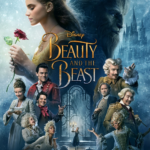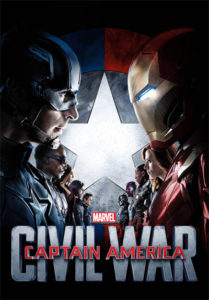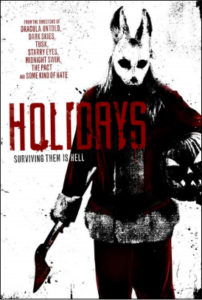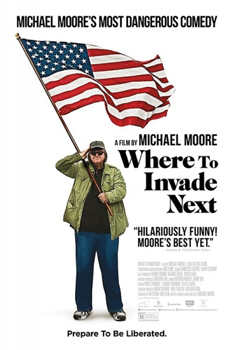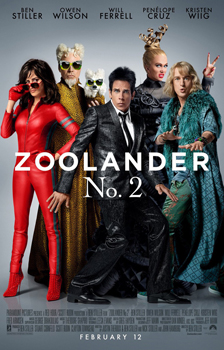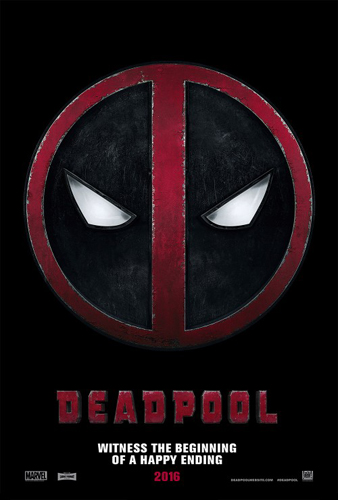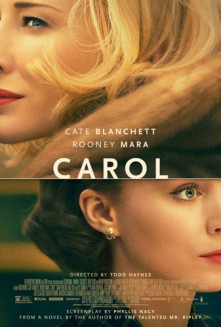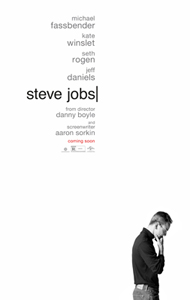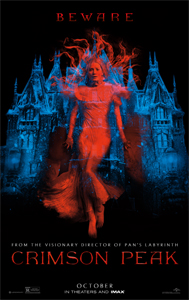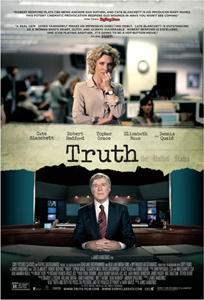Starring: James McAvoy, Jennifer Lawrence and Michael Fassbender
Directed by: Bryan Singer
Rated: PG 13
Running time: 2 hrs 24 mins
20th Century Fox
Our Score: 3 out of 5 stars
Review by Mike Smith
They’re back! I’d say “the X-men are back” but, thanks to the whims of Hollywood, that statement doesn’t clarify if it’s the old folks or the kids. Or, as Deadpool asked, “McAvoy or Stewart?” It’s McAvoy and the gang here.
Where better for a film series that dabbles with time lines to begin but ancient Egypt. Here we are witness to a ceremony in which an old ruler will receive a mystical transplant from a virile young man. However, a group of traitorous minions (soldiers, etc, not the guys from the Despicable Me films) betray their leader and, after some impressive special effects, he is sealed inside a giant pyramid for all eternity. Or until 1983.
It’s been ten years since the first Mutant was observed and the world still hasn’t accepted them. At his school for “the gifted” Dr. Charles Xavier (McAvoy) is going about his daily duties while over in Poland the formerly underground Magneto (Fassbender) has just been discovered by the local authorities. Two men with similar lives yet very different outlooks. Throw in the mysterious Mystique (Lawrence) and you have a movie. Kind of.
Full of amazing special effects and horrible destruction, X-men: Apocalypse is, presumably, the last film to feature the Future Past characters. And just in time. With a cast that includes three Oscar-nominees it seems like they may have gotten bored with their roles. All do good work here, but there almost seems to be a look of relief in their eyes that they’re done with the spandex for good. That being said, while the leads are serviceable, the supporting cast has fun with their roles. Among the new faces are Kodi Smit-McPhee as Nightcrawler and a returning Evan Peters as Quicksilver. And kudos to Oscar Isaac, who makes Apocalypse one nasty mo-fo.
The other drawback is the amount of carnage depicted here. As the various mutants battle each other, the toll taken on the planet is amazingly over the top. The destruction here makes the carnage in Captain America: Civil War and Batman v Superman: Dawn of Justice look like a small dustup. There is also a particularly brutal scene featuring a familiar face making his eighth X-men appearance. The amount of blood spilled was actually quite disturbing and I can’t help but wonder if this scene was included to judge audience reaction as to how far is too far. It’s not Deadpool violent but it’s a little more mature than you might imagine.
X-Men: Apocalypse opens in the UK on May 18th & the US on May 27th
Related Content
- Blu-ray Review “Man of Steel”
- All-new DC Universe Animated Original Movie “Superman: Unbound” Coming May 7, 2013
- Jason Trost & Lucas Till talks about “All Superheroes Must Die” & “#WetAndReckless”
- Film Review “The Amazing Spider-Man”
- Behold the Second Coming, as the Merc with a Mouth delivers New Trailer For The Highly Anticipated “DeadPool 2”
